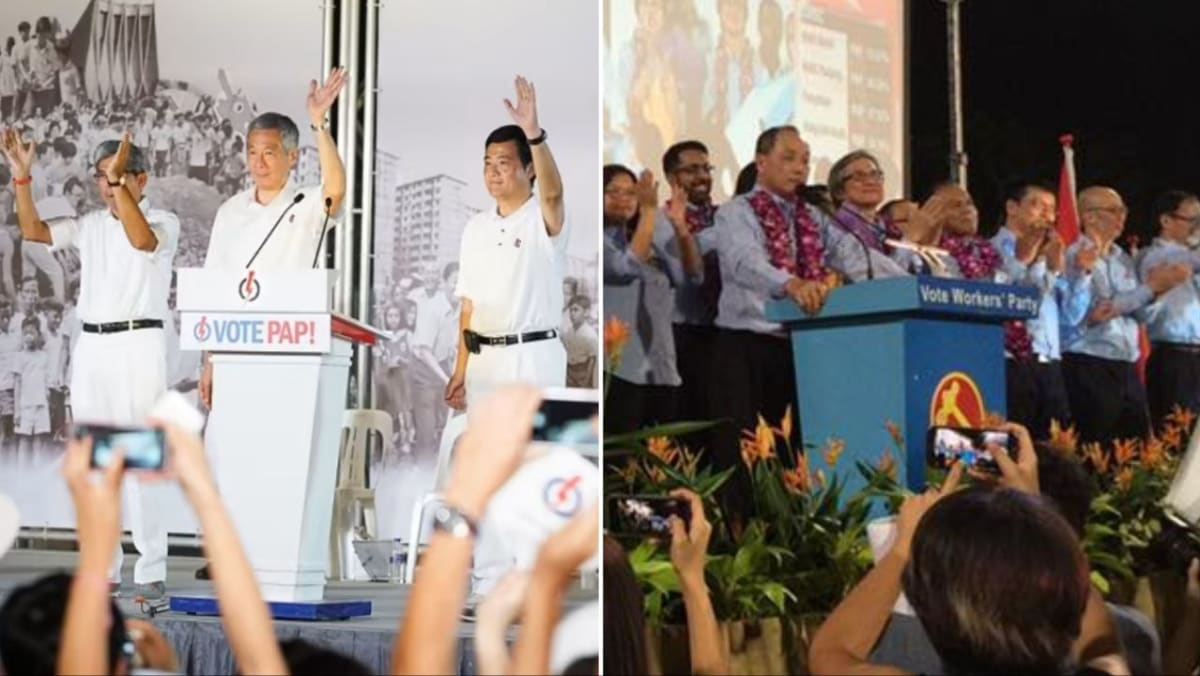Institute of Policy Studies research fellow Teo Kay Key also highlighted crowd size as a major consideration.
“It would cause chaos for nearby residents if the party underestimates the crowd and there is no effective crowd control, and it would look like a waste of resources if the venue is too large for the crowd that turns up,” she said.
Rally sites should be easily reached by public transport and also have parking options nearby, added Dr Teo.
DO RALLIES MATTER?
In a digital age, physical rallies are still of much value to both political parties and voters, said observers.
Associate Professor Natalie Pang, who heads the communications and new media department at NUS, said that while many interactions and communications now take place online, people still need rallies to extend those conversations and connect in real life.
“Social media posts are often staged and curated for positive impressions,” said Asst Prof Ong.
Whereas at a physical rally, crowd size alone can affect perceptions of the popularity of a party, he said.
“From being fearful of the movement itself or (fearful of) revealing that they support the movement, they could turn to publicly support the movement instead,” the academic added.
Dr Teo said physical rallies also present a personal element that voters cannot discern from solely looking at campaign material.
“Voters do take stock of how politicians behave outside of their official channels on social media or other publications, because it provides a sense of how they are as individuals,” she said.
This includes their character and personality, whether they’re easy to approach and whether they show concern for potential constituents.
